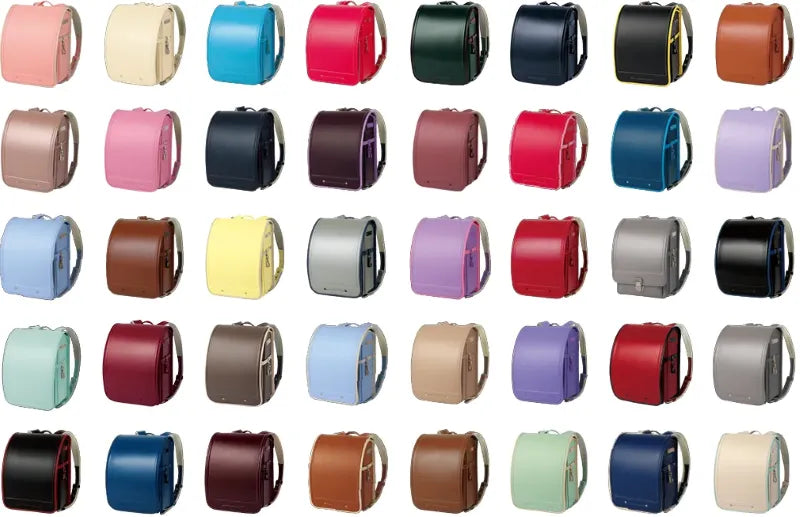
Celebrating Tango no Sekku: Symbols of Strength and Good Fortune
May 5th marks Tango no Sekku, a traditional Japanese celebration. This day is dedicated to wishing for the healthy growth of boys and has been passed down for generations. Various decorations, such as koinobori (carp streamers), kabuto (samurai helmets), and shobu (iris plants), each hold special meanings.
The Meaning Behind Tango no Sekku Decorations
Koinobori – Carp Streamers
Carp are known for their ability to swim upstream against strong currents. Inspired by this, koinobori—colorful carp-shaped flags—are displayed to symbolize the wish for children to overcome challenges and achieve great success.
In modern cities, space limitations make it difficult to display large koinobori outdoors. However, in rural areas, you may still see impressive carp streamers flying above gardens and rooftops.
Kabuto – Samurai Helmet Decorations
Samurai helmets and armor were once worn for protection in battle. Over time, they became symbols of strength and safety, leading to the tradition of displaying kabuto to pray for a child's protection from misfortune.
The Tradition of Shobu (Iris Plants)
During Tango no Sekku, it is common to display shobu (iris plants). Their strong fragrance was believed to ward off evil spirits, making them a symbol of protection.
A special custom called shobu-yu involves placing iris leaves in a hot bath. This tradition is thought to purify the body, drive away bad luck, and promote good health.
Iris Motifs in Koshu Inden
Koshu Inden is a traditional Japanese craft that involves decorating deerskin with lacquer patterns. Originally, this technique was used for making armor and helmets for samurai, but today, it is used to create beautiful leather accessories for daily life.
Some traditional Inden patterns feature iris motifs. Interestingly, the Japanese word for iris (菖蒲 shobu) sounds the same as the word for "challenge" (勝負 shobu), making this design not only a symbol of protection but also a representation of determination and the spirit of competition. 2403 Pasport cover ¥9,500
2403 Pasport cover ¥9,500
小桜菖蒲(kozakura-shobu/A traditional pattern combining cherry blossoms and irises)
→shop here
The Protective Power of the Uroko Pattern
If you are looking for another pattern with protective meaning, we also recommend the "uroko" pattern. Inspired by fish and snake scales, it has long been believed to ward off evil. You can find this pattern in the decorations of shrines and temples, as well as on kimonos and sword sheaths.
2005 Wallet Namiuroko ¥12,000
→shop here
2006 Wallet Namiuroko ¥13,500
→shop here
2013 Wallet Namiuroko ¥10,000
→shop here
Samurai families often used the uroko pattern in their family crests and clothing, believing that it would protect the wearer from harm. Today, it remains a popular motif in Japanese accessories and everyday items, allowing people to carry a piece of traditional culture with them.
If you are interested in Japanese traditions and craftsmanship, we invite you to explore these fascinating customs and artisanal crafts.
These items also make meaningful gifts.



